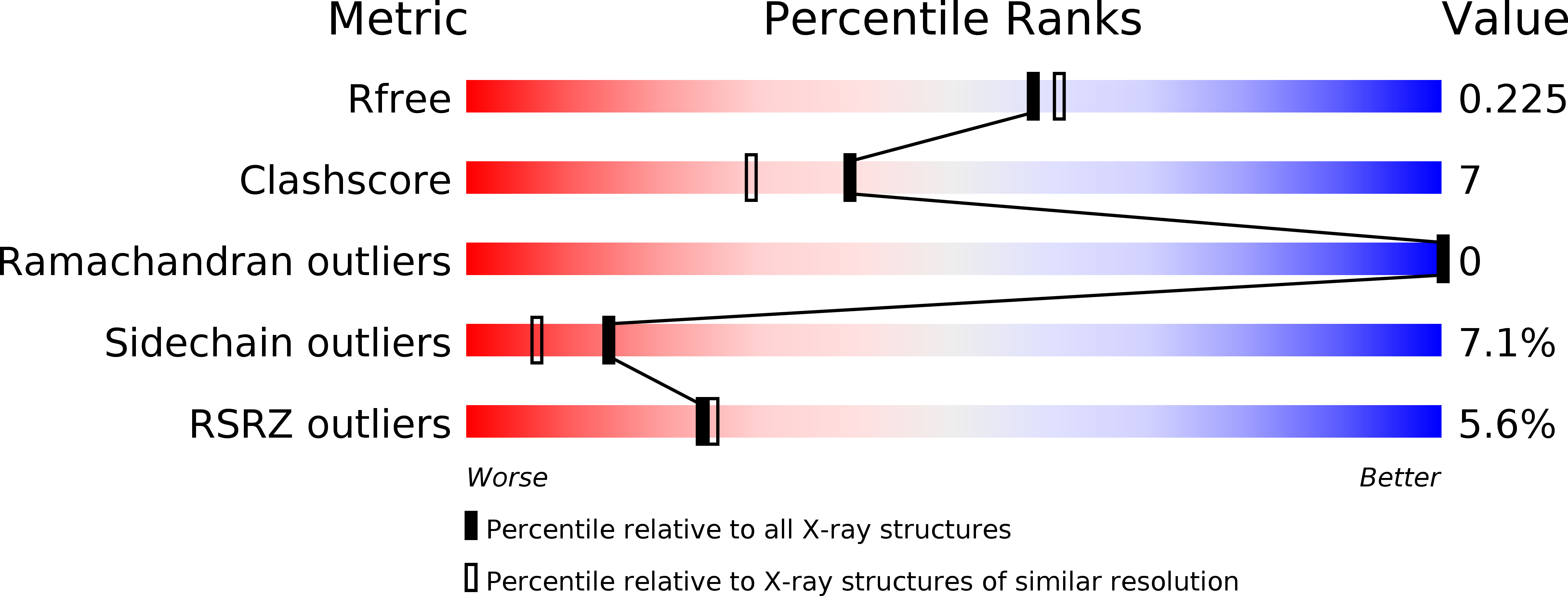
Deposition Date
2018-10-23
Release Date
2019-07-31
Last Version Date
2024-03-27
Method Details:
Experimental Method:
Resolution:
2.06 Å
R-Value Free:
0.22
R-Value Work:
0.18
R-Value Observed:
0.18
Space Group:
P 1 21 1


